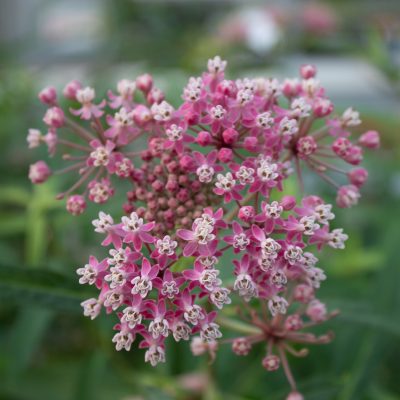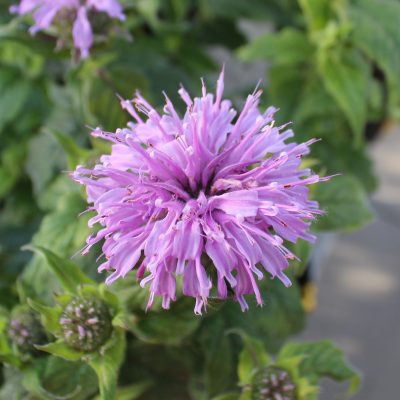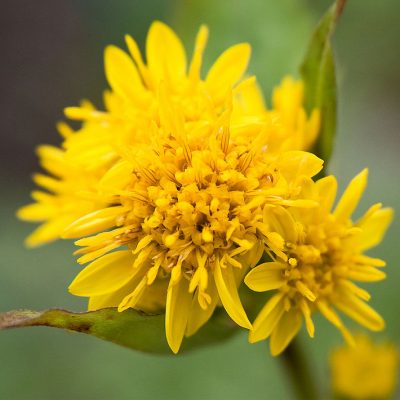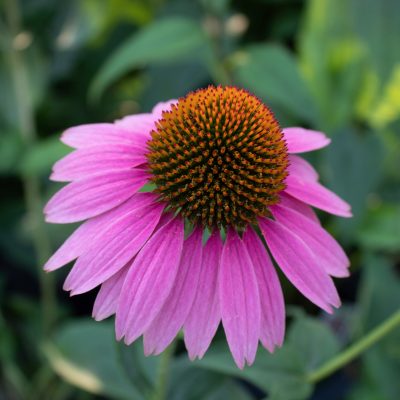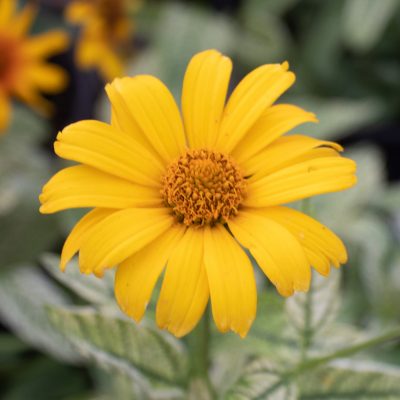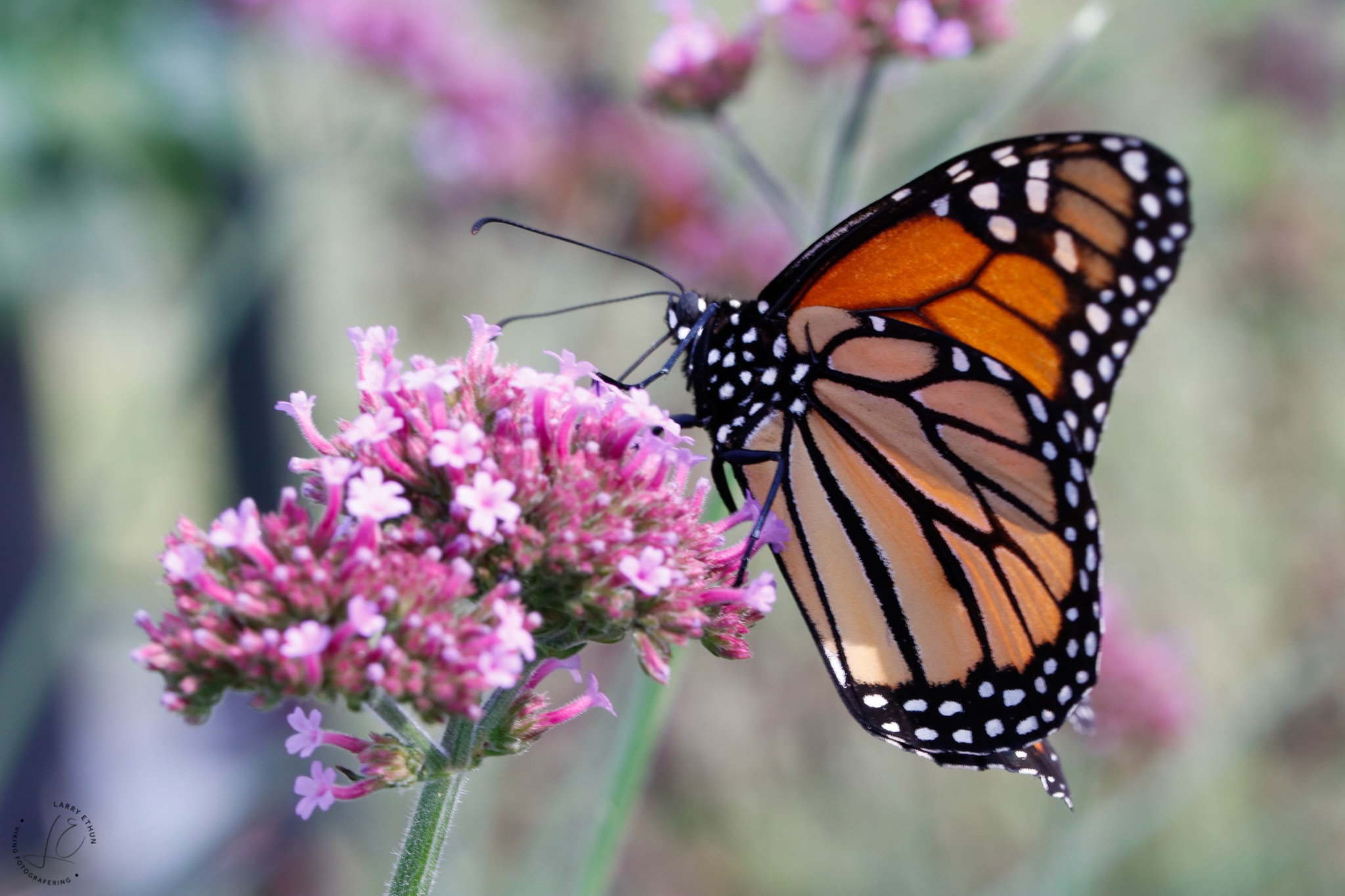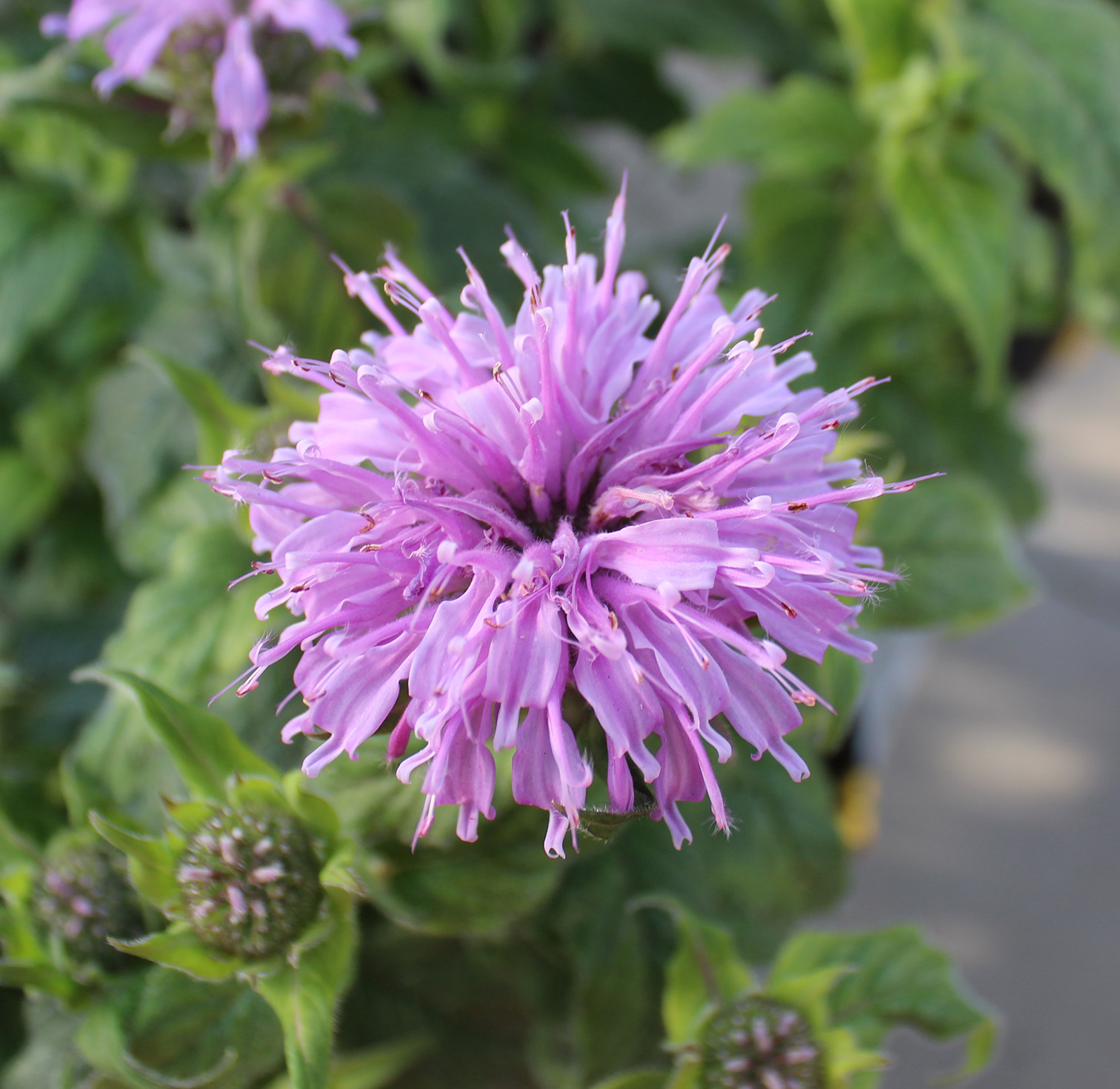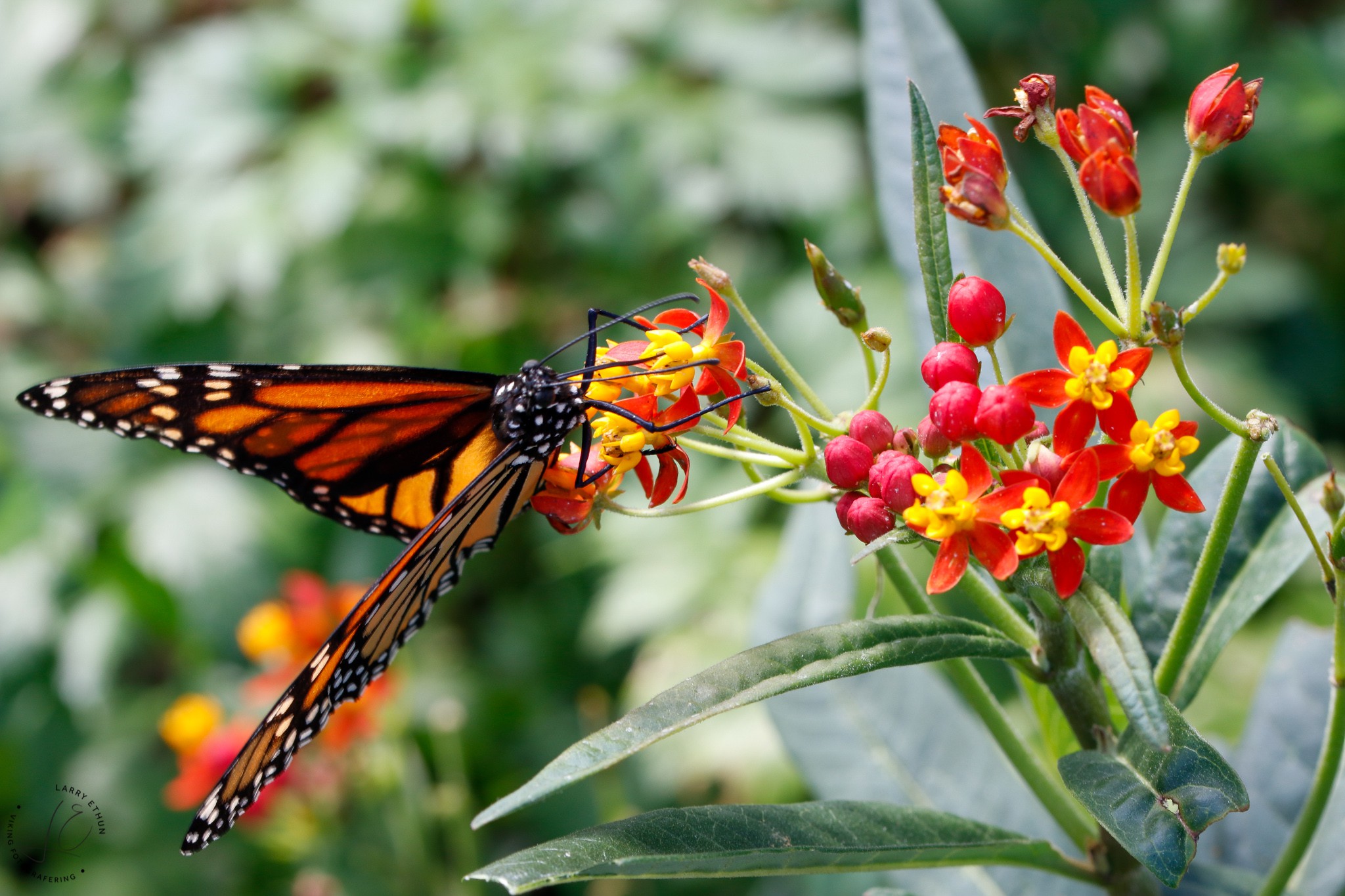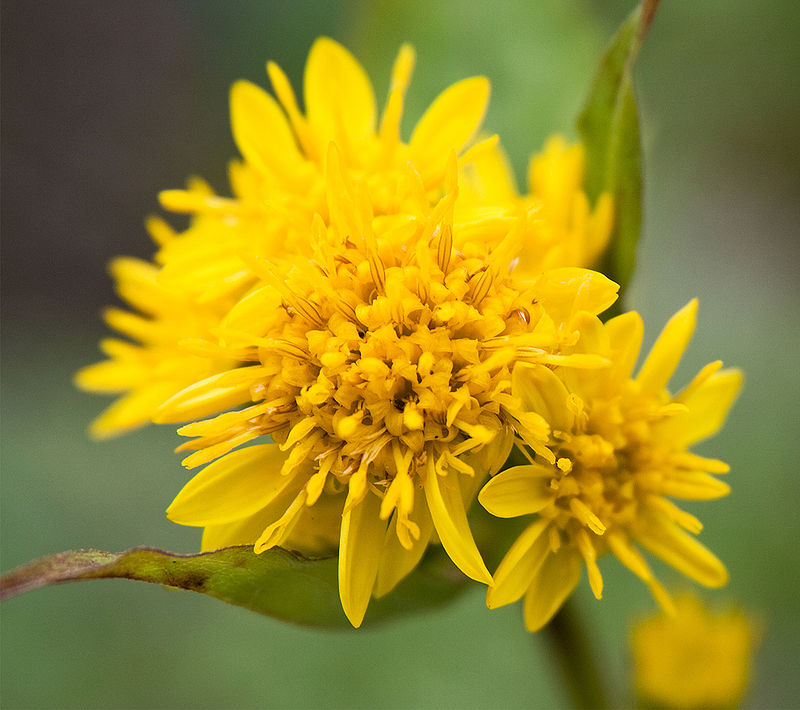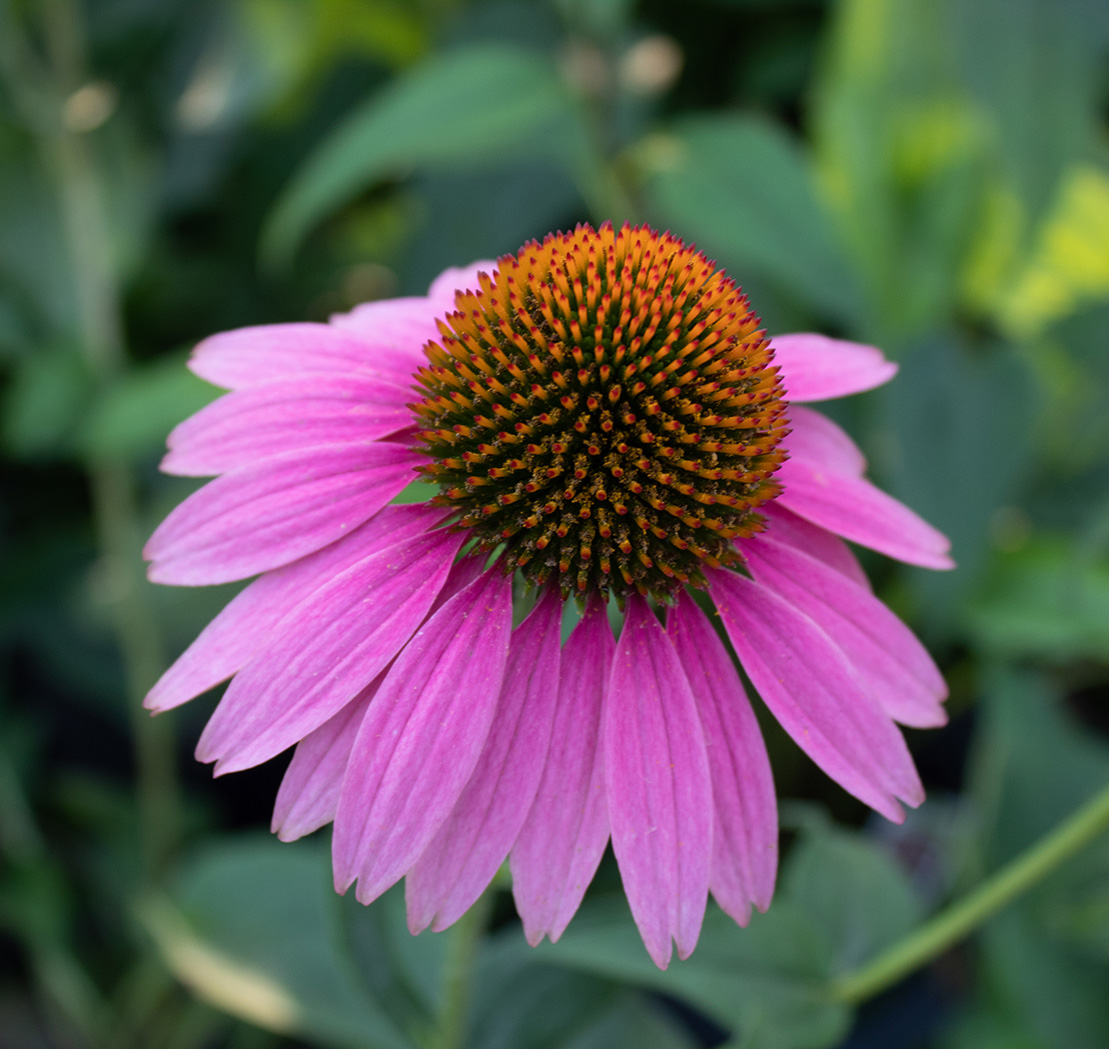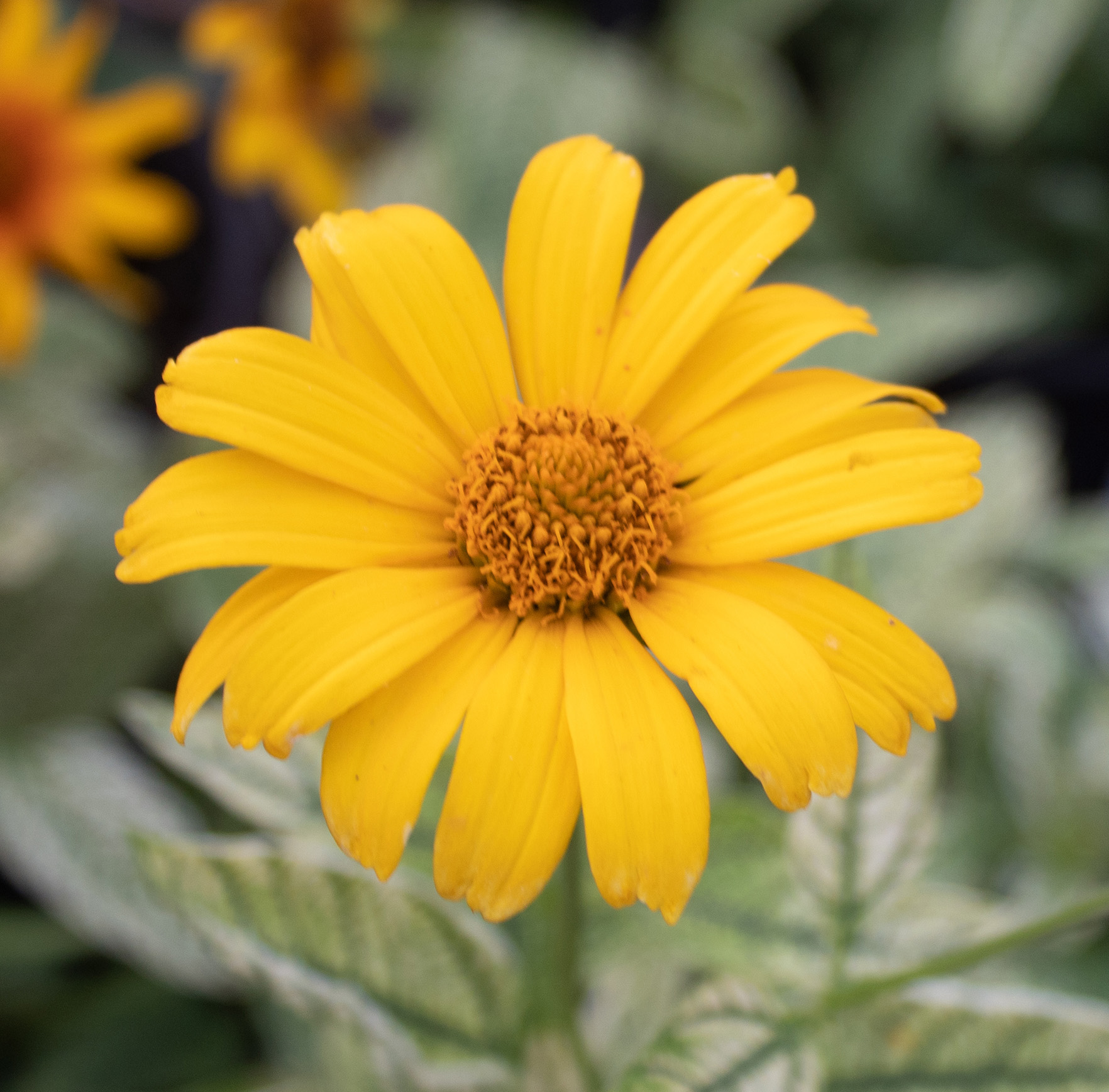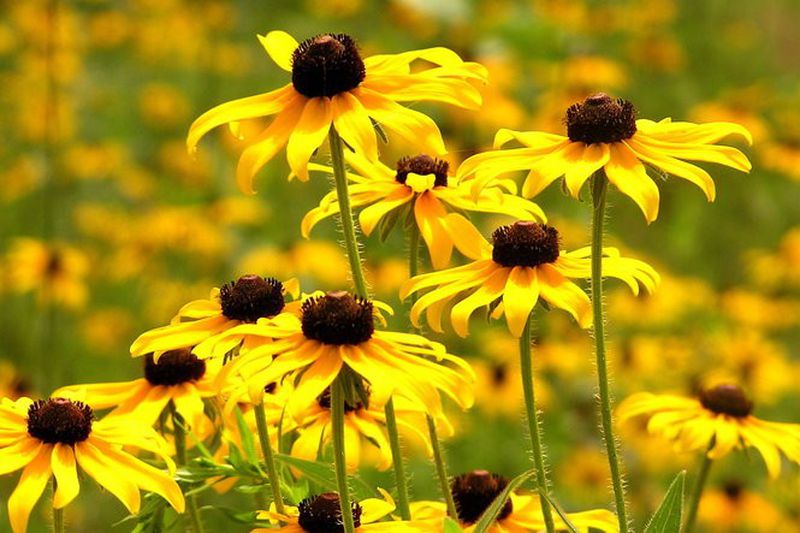
Why Choose Native Plants
To best support native pollinator populations, it is important to plant native plants that native pollinators are best adapted to use. Pollinators such as Monarch butterflies, bees, and hummingbirds are most attracted to the plant species that evolved alongside them. Using native plants will simply attract more native pollinators to your garden and provide the best possible nutrition for these species.
Native plants are already adapted to Northeast Ohio’s climate, so you won’t need to put in as much work to care for them as you would for more exotic varieties. This saves you time and money, and reduces damage to the environment, as you won’t need to use as much water, fertilizer, or pesticides.
